Growing mushrooms on a log is one of the most rewarding ways to cultivate your own food—naturally and sustainably. It may sound intimidating, but with the right approach, even beginners can produce delicious, homegrown mushrooms with minimal effort.
By inoculating logs with mushroom spores and providing the right conditions, you can enjoy harvests of shiitake, oyster, or lion’s mane mushrooms for years. Plus, it’s a great way to connect with nature and add biodiversity to your garden or backyard.
In this article, follow a simple, step-by-step guide to starting your own mushroom log—perfect for beginners looking to explore the world of fungi.
Choose the Right Mushroom Variety
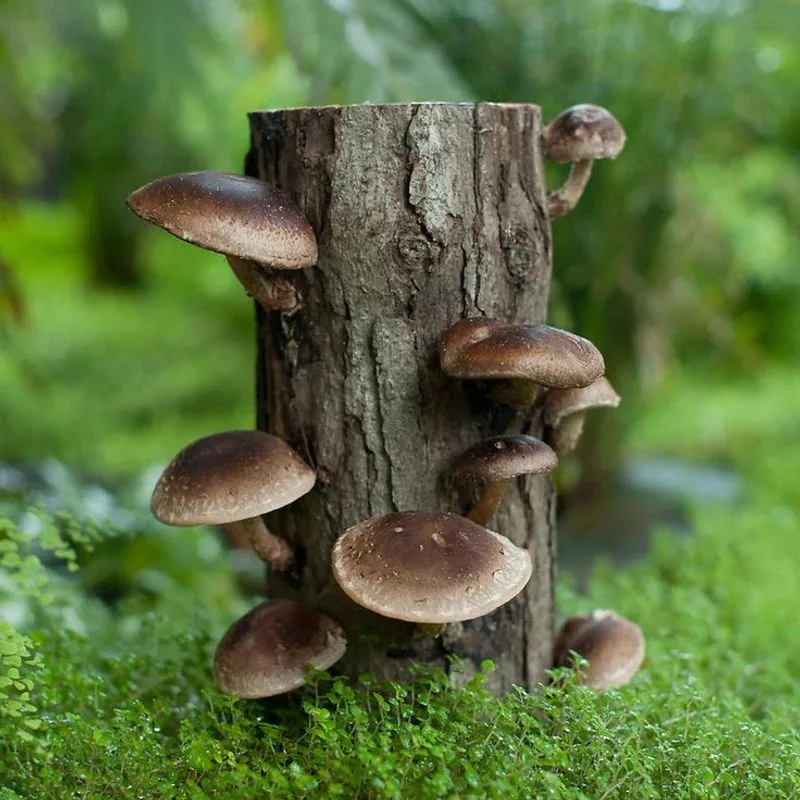
Selecting the right mushroom to grow is crucial. Shiitake and Oyster mushrooms are popular choices for beginners. Both thrive on logs and are relatively easy to care for. They also provide delicious culinary options. Consider your climate and growing conditions. Different mushrooms prefer varying temperatures and humidity levels. Additionally, research the taste and texture preferences of your household to ensure enjoyment of your harvest. By choosing a variety that matches your environment and taste, you’ll set a solid foundation for your mushroom-growing adventure. This decision can significantly influence your success and satisfaction.
Select Suitable Logs
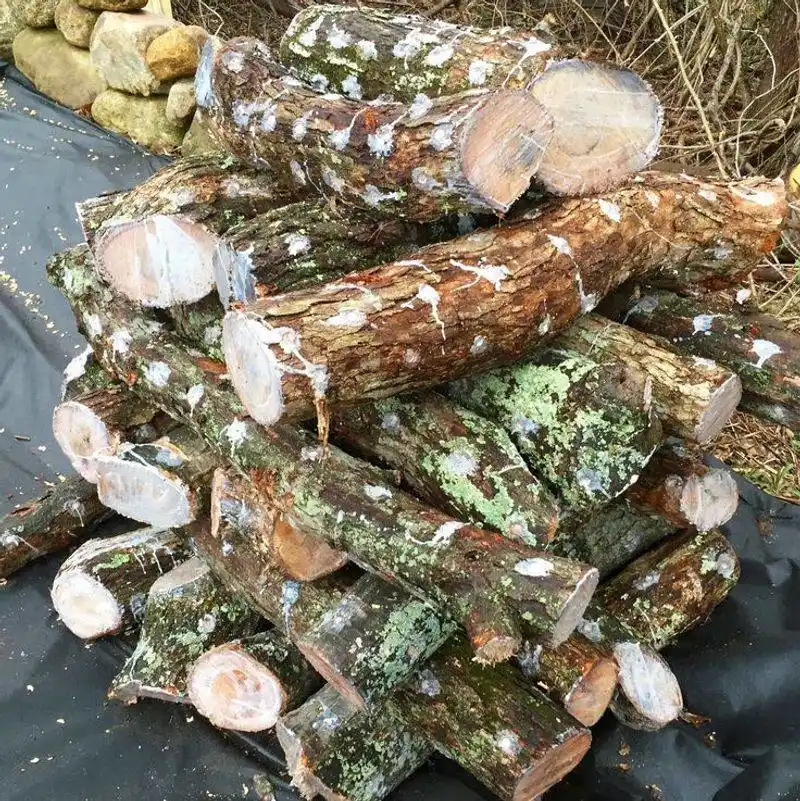
For successful mushroom cultivation, choosing the right logs is essential. Oak and beech are favored for their density and nutrient-rich composition, making them ideal for supporting mushroom growth. Logs should be freshly cut, preferably in late winter or early spring, when the sap is high. This ensures they are free of competing fungi. The diameter of the logs should be manageable for handling. Smaller logs are easier to manage, while larger ones may yield more mushrooms. Consider your space and capacity. Proper log selection can enhance your mushroom yield and experience.
Inoculate the Logs
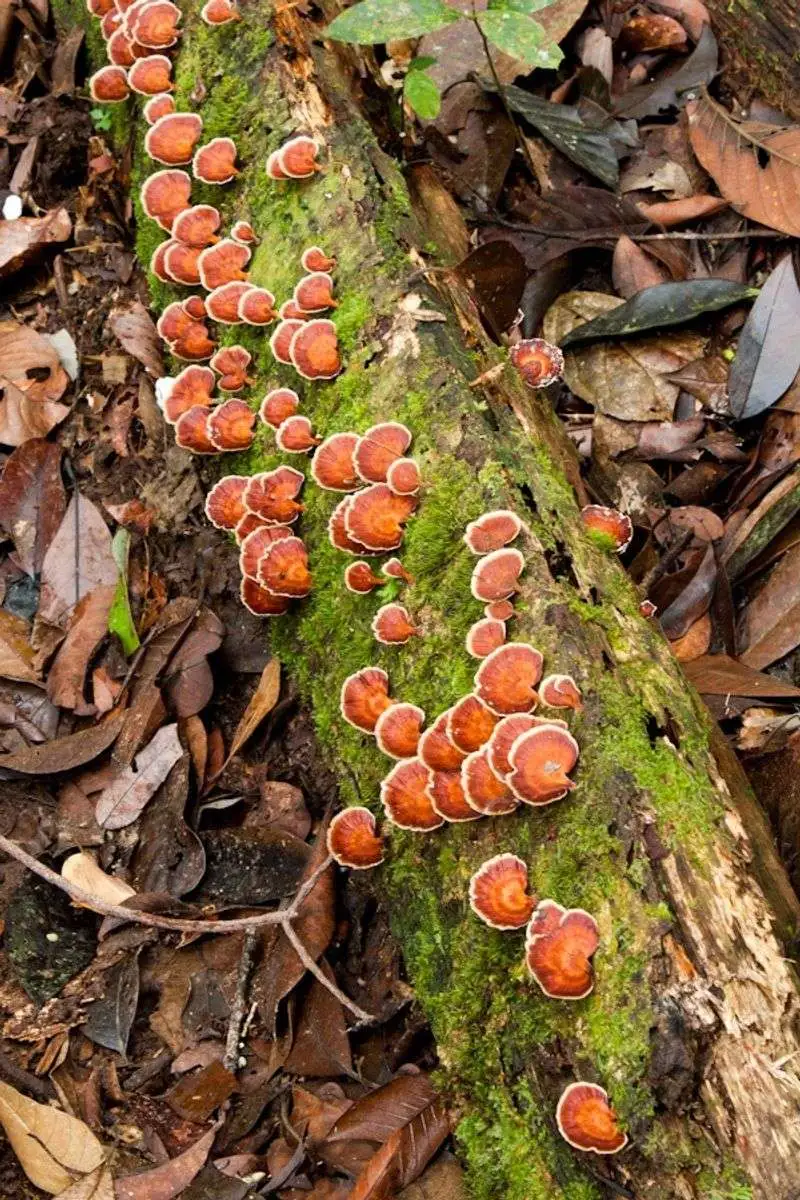
Inoculating logs with mushroom spawn involves drilling holes into the wood and inserting spawn plugs. This process introduces the mushroom spores into the log, setting the stage for growth. Use a drill bit slightly larger than the plugs to make insertion easier. Space the holes evenly around the log to encourage even colonization. Seal the plugs with wax to prevent contamination and moisture loss. The wax also secures the spawn in place, ensuring successful colonization. This meticulous step is vital for initiating mushroom growth. Proper inoculation leads to a fruitful harvest.
Create the Right Environment
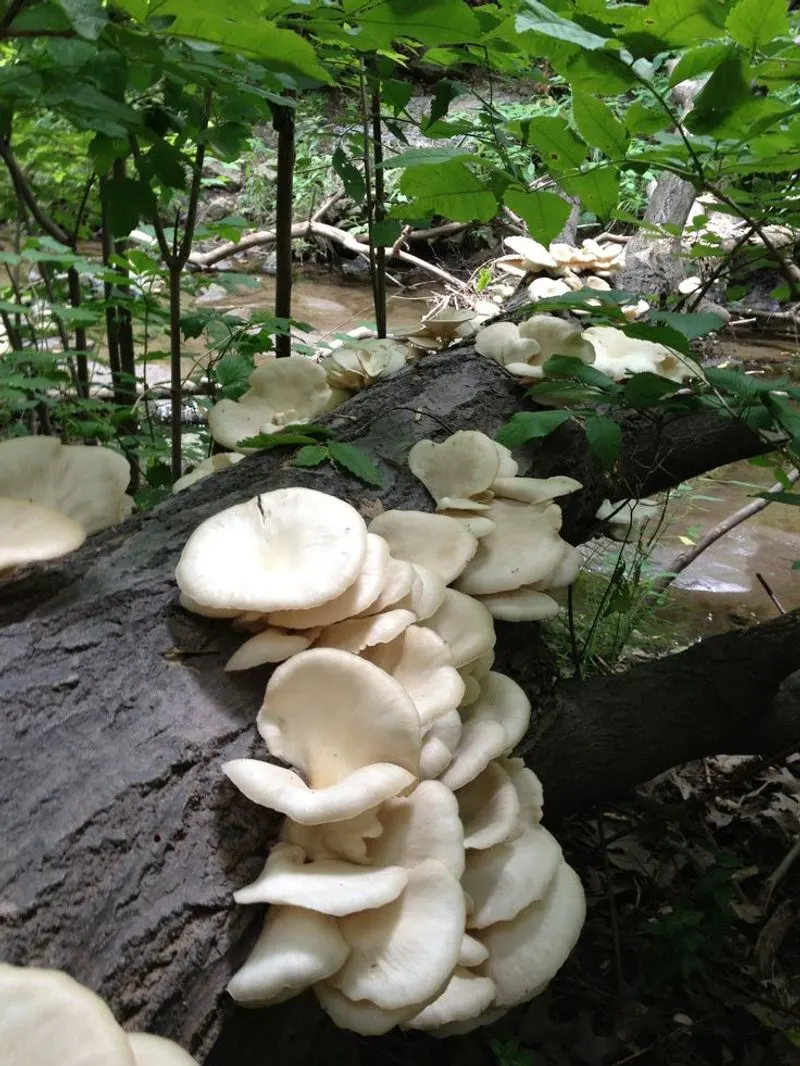
Mushrooms require specific conditions to thrive. A shaded, humid environment is ideal for log cultivation. Partially bury logs in a moist, shaded area to mimic natural conditions. Avoid direct sunlight, as it can dry out the logs and inhibit growth. Surround the area with leafy plants to retain moisture and create a microclimate. Regularly check moisture levels and water the logs if necessary, as dry conditions can stall growth. With the right environment, your mushroom logs will flourish, producing a bountiful crop. Ensuring optimal conditions is key to successful cultivation.
Monitor Moisture Levels
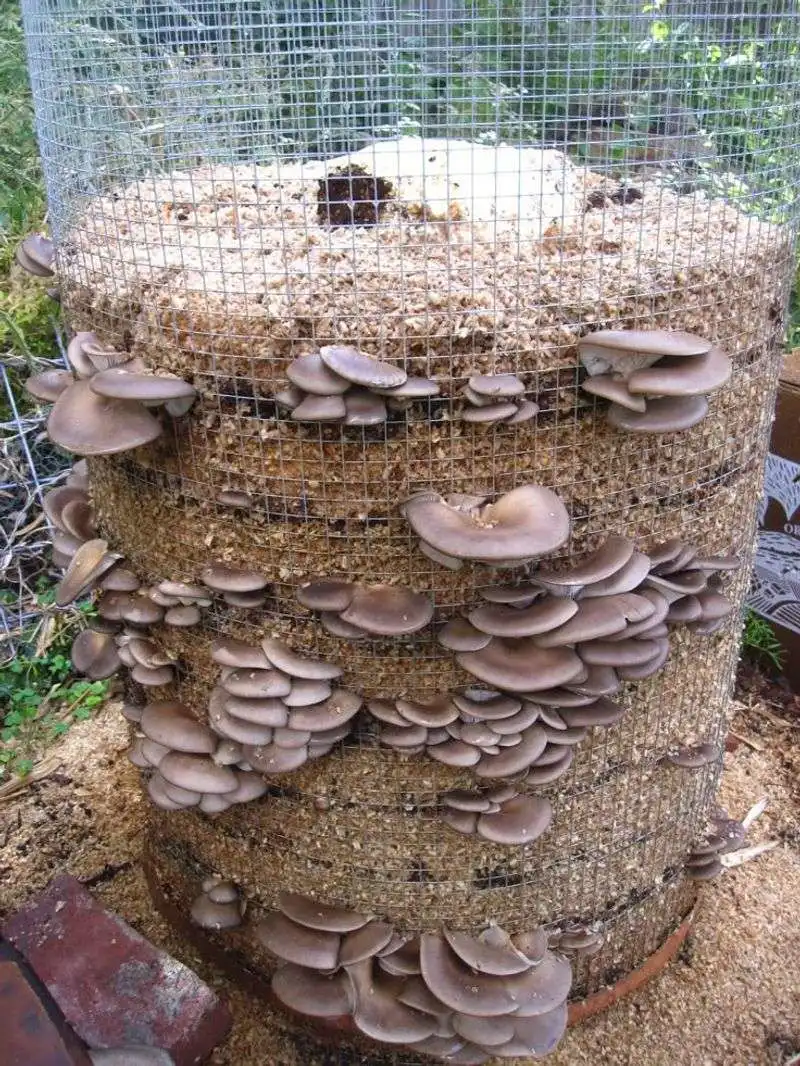
Maintaining the right moisture level is crucial for healthy mushroom growth. Use a moisture meter to regularly check the logs. Moisture should be consistent but not excessive. Logs that are too dry will not support mushroom growth, while overly wet logs can rot. Keep them damp, but avoid waterlogging. Adjust watering schedules based on weather and climate changes. A well-hydrated log will foster strong mycelium growth. Monitoring moisture ensures that your logs are in peak condition, ready to support a robust mushroom colony. This balance is vital for success.
Be Patient
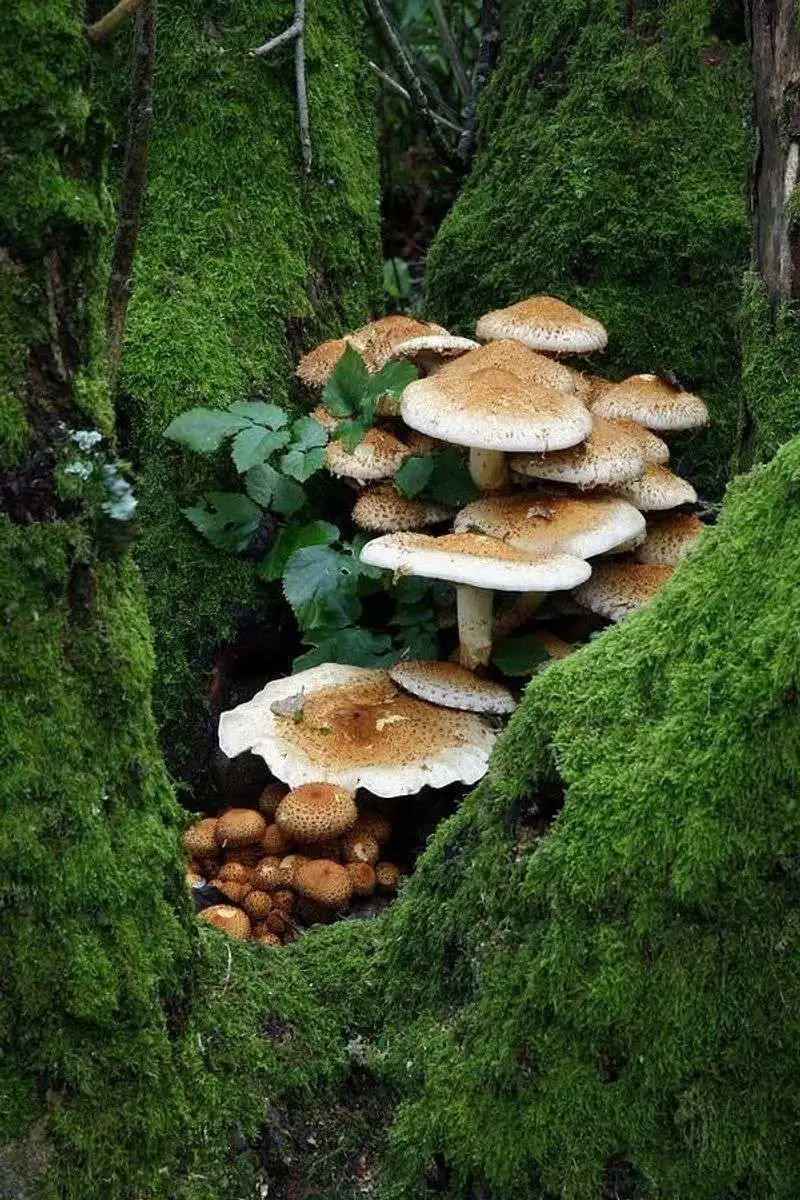
Patience is a virtue in mushroom cultivation. After inoculation, the colonization process can take several months. During this time, maintain the environment and moisture levels carefully. Avoid disturbing the logs, as this can hinder growth. Enjoy the anticipation and gradual development of your mushroom colony. This process is slow but rewarding, culminating in a fresh, home-grown harvest. Embrace the waiting period as part of the experience. The satisfaction of seeing your first mushrooms sprout is worth the wait, marking the success of your efforts.
Harvesting Your Mushrooms
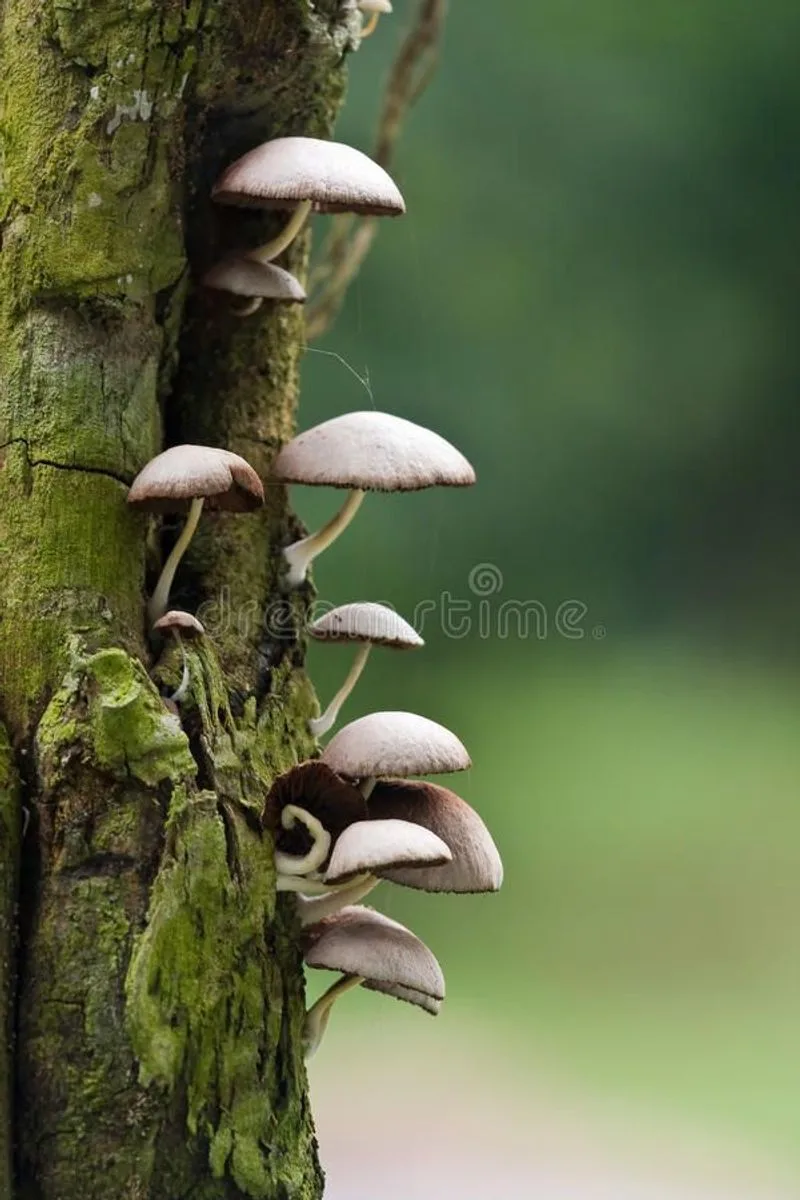
Once mushrooms begin to appear, it’s time to harvest. Pick them when the cap edges start to flatten, but before the spores are released. This timing ensures the best taste and texture. Use a gentle hand to twist and pull the mushrooms from the log. Avoid damaging the mycelium, as it can affect future growth. Collecting mushrooms at the right time guarantees the highest quality. Be sure to check logs regularly during growth periods to catch them at their peak. A timely harvest leads to the freshest culinary delights.
Handle Post-Harvest Care

After harvesting, proper care ensures mushrooms remain fresh. Gently clean them with a brush to remove any dirt. Avoid washing directly with water, as this can cause them to spoil quickly. Store mushrooms in a breathable container, like a paper bag, in the refrigerator. This retains their freshness and prevents moisture buildup. Consider drying or freezing any excess mushrooms for later use. Post-harvest care is crucial for maintaining quality. By handling them delicately and storing them appropriately, your harvest will last longer, enhancing your culinary creations.
Repeat the Process
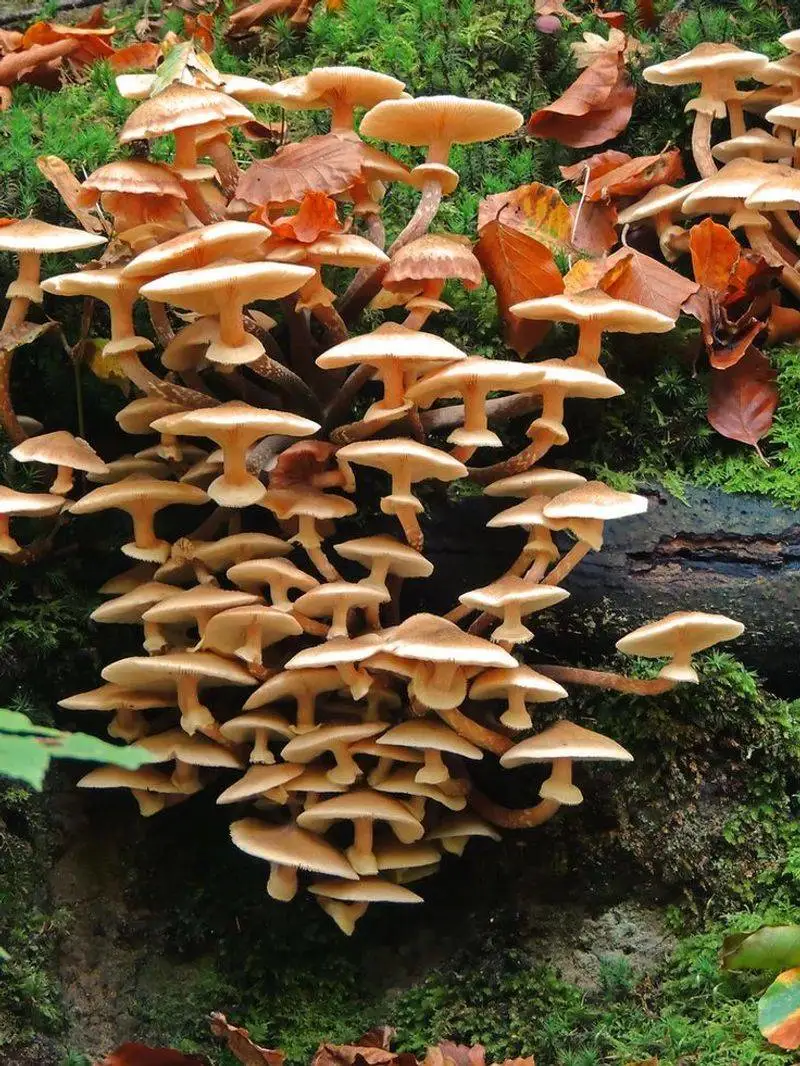
Mushroom cultivation is a cycle. Once the first harvest is complete, the process can be repeated. Re-inoculate logs if necessary, or prepare new ones for continuous production. This cycle allows for ongoing harvests, providing a steady supply of fresh mushrooms. Each cycle enhances your skills and understanding of mushroom growing. Use insights from previous experiences to improve results. Repeating the process keeps your knowledge sharp and your kitchen stocked with fresh produce. Engaging in this ongoing cycle fosters a sustainable and rewarding hobby.
Troubleshoot Common Issues

Even with careful planning, issues may arise. Common problems include mold and pests. Inspect logs regularly for signs of discoloration or contamination. Address these issues promptly to prevent them from spreading. Adjust environmental conditions if necessary. Consider consulting online forums or local gardening groups for advice. Knowledge is power in troubleshooting. Learn from each challenge to improve future cultivation efforts. Overcoming obstacles enhances resilience and ability to grow healthy mushrooms. Staying informed and proactive ensures a thriving mushroom garden.

